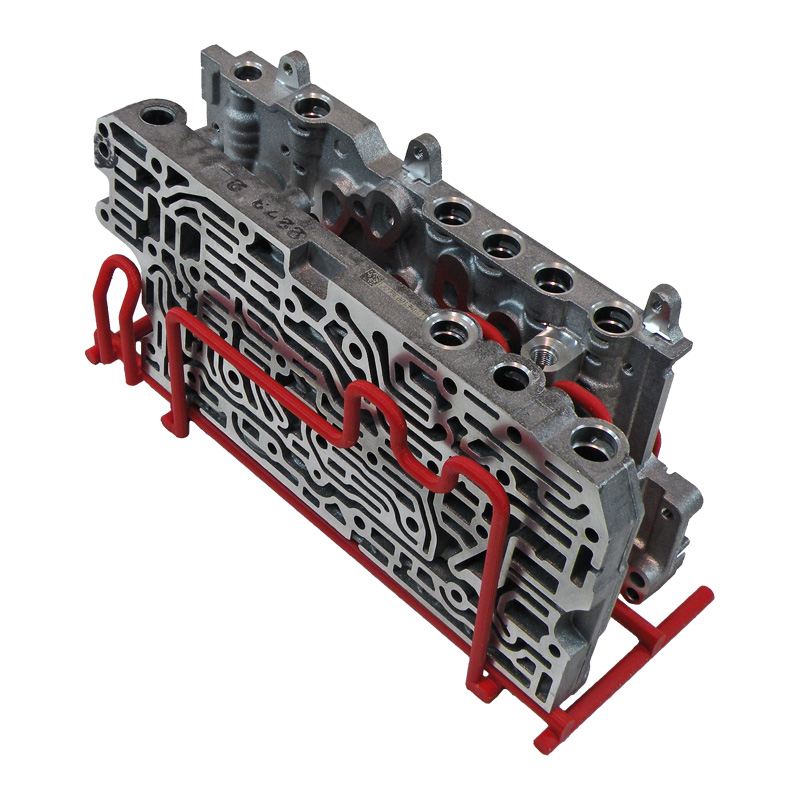In recent years, 3D printing has gotten increasingly democratized, revolutionizing the manufacturing process in many industries. Notably, industrial companies are rapidly embracing the trend of 3D printing with an expected compound annual growth rate of 17% between 2020 and 2023.
Five Key Advantages of 3D Printing in Manufacturing
While most manufacturing organizations utilize different equipment and technologies to turn raw materials into final goods, 3D printers have several advantages, including the following:
Quick Prototyping
The prototyping process gets sped up by 3D printing, which can produce parts in hours. This feature allows each stage to get completed more quickly.
Compared to machining prototypes, 3D printing is less expensive and faster at generating parts because the item may be completed in hours, allowing for more frequent design modifications.
Faster Design Changes after Prototyping
The freedom of design is one of the most significant advantages of 3D printing.
You can duplicate all of your ideas to turn them into tangible objects. Even after prototyping, 3D printing also makes it easy if you have adjustments to make. Ultimately, you will be free of the constraints imposed by traditional manufacturing when you use 3D printing.
Streamlined Fit and Function Testing
Go/No-Go gauges get used to determine the maximum and minimum dimensions that you can accept in a manufactured part. When performing sample testing on medium-to-high volume products, these are especially handy.
Without having to go through an exhaustive measuring process, specialized Go/No-Go gauges can rapidly detect items that will not pass inspection and have them returned for rework.
Quick Tooling Fixtures
Quick tooling fixtures are another benefit of 3D printing.
For one, ULTEM Polyetherimide (PEI) is an amorphous high-performance polymer. It has outstanding thermal properties, dimensional stability, strong flame retardancy, and chemical resistance. As a result, ULTEM materials offer a variety of benefits that make them useful in a variety of industries.
Different Material Options
3D printers can create things out of various materials, many of which are sturdy and long-lasting. Polymer often gets used in 3D printers, for example. The polymer is normally released through the nozzle head once heated in the 3D printer. When the substance dries, it hardens into a sturdy and durable product.
Conclusion
As 3D printing becomes more common in manufacturing, employing only the highest-quality materials is critical to producing high-quality products and services.
Salco specializes in complex design and prototypes for a wide range of projects using ASA, ULTEM 1010, and Nylon 12, with the capacity to provide physical prototypes for customer approval quickly.
Get the best outcome for your next 3D printing project at Salco.



